Old TIE GUAN YIN WULONG 2009
Tieguanyin is different. In fact, there are two main directions in the manufacture of this tea. These are Qing Xiang Tieguanyin and Nong Xiang Tieguanyin. Qingxiang is literally translated as “light, delicate aroma”. This species has a bright, emerald-green leaf color. Intense floral scent. A very subtle and light aftertaste and an almost translucent image color. This is the Tieguanyin we all know.
Nong Xiang is translated from Chinese as “thick, strong aroma”. Tieguanyin Nong Xiang looks different. Its leaf color is less saturated. Its smell is not so bright. But on the contrary, it is calmer and smoother.
It’s a matured Tieguanyin. The taste, color and price of this tea directly depend on two factors. The first is the quality of raw materials. The second is the number of years of aging. For the old Tieguanyin, the raw material is usually chosen of the highest quality. Basically, if you keep the tea for several years, then it should be done with a good initial product. Almost always this Tieguanyin is above average in the price segment.
Usually, this type of tea is laid out for two to six years. Sometimes longer. But the path, aged for more than six years, is not easy to find.
Appearance – medium size, neatly rolled hemispherical bundles. Ash green shades symbolize the maturity of age. The aroma of dry tea is intense, effective, florally spicy, bread and berryy. The extract is bright, transparent, clear, yellowish-golden.
Ideal for calm and quiet tea drinking. It’s also pretty good for everyday afternoon teas.
Focuses attention softly and carefully, fills with energy and relieves drowsiness. Brings the body and mind to a harmonious, even and smooth state. Warms up a little and raises the mood. Harmonious, favors calmness and lightness.
What makes Tie Guan Yin tea useful?
Tie Guan Yin’s famous influence lies in calming the mind and consciousness and giving lightness to the body. Mindful of positive communication and pleasant tea drinking, immerses in harmony with the world. Thanks to its rich content of vitamins and minerals, there are a number of beneficial properties along the way – it normalizes blood pressure and strengthens blood vessels, lowers blood toughness. Expels toxins and burns fats, so accelerates weight loss. Tea antics rejuvenate the body, along with vitamin E, increase the elasticity of the skin. Tie Guan Yin helps the immune system, strengthens the body’s defenses.
How to boil?
Let’s see how to brew Tie Guan Yin tea. Soft water is suitable for this purpose – spring, filtered or bottled water; dishes made of porcelain or Yixing clay are suitable for anuma. How to boil tea correctly: heat water to 85-90 degrees; warm up all the dishes; take 7-11 grams of tea crumbs per 200 ml of water; the first water belongs to the outpouring after 2-3 seconds (it is necessary only for rinsing the raw material); the second time, let it brew for 5-10 seconds, with each subsequent step increasing the time by 5 seconds. How to make Tie Guan Yin tea – with quick spills. If you let the tea brew longer, the pull will be bitter and bitter. Tea leaves can give the water its taste and aroma in a matter of seconds. During the making of tea, the temperature of the water and the draw time of the tea are changed, therefore there are no unequivocal recommendations on how to make Tie Guan Yin tea. For the final draw times, the water is heated to a kun 95 degrees, the draw time itself is increased to 3-5 minutes.
The history of origin Tie Guan Yini began to be bred by monks during the Tan dynasty from 7 to 8 March 2008. In the 19th century, the Ansyi region of Fujian in the southern province. The site is currently considered the tea capital of China, home to the largest tea market, with the largest number of tasters, collectors and businessmen gathering four times a year. It is so many times that the “iron Bodhisattvat” is harvested, and it is this tea that the tea market is full of, since Tie Guan Yini is considered one of the most expensive types of tea.


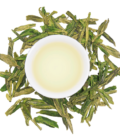
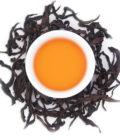
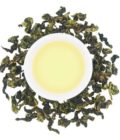



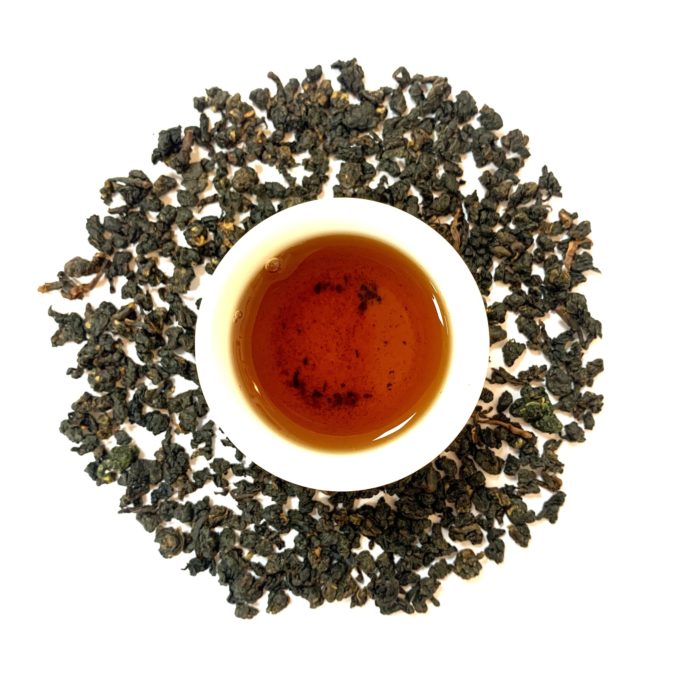
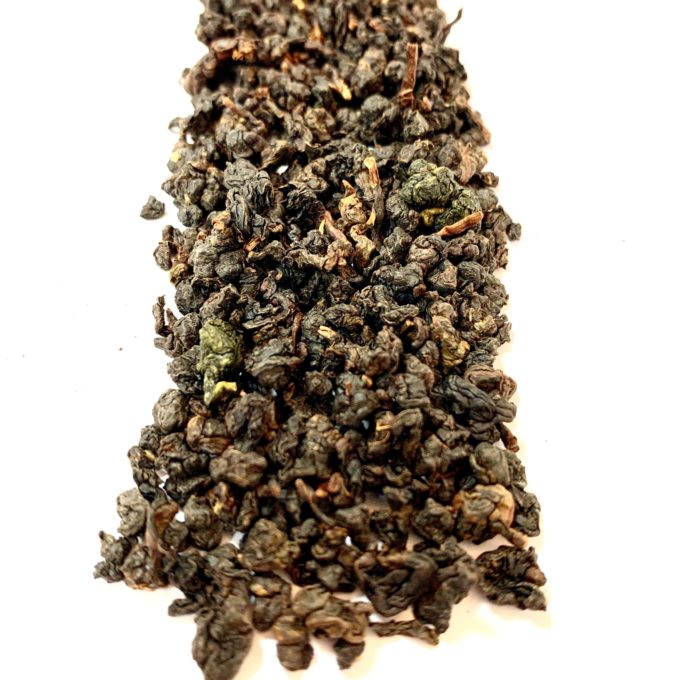
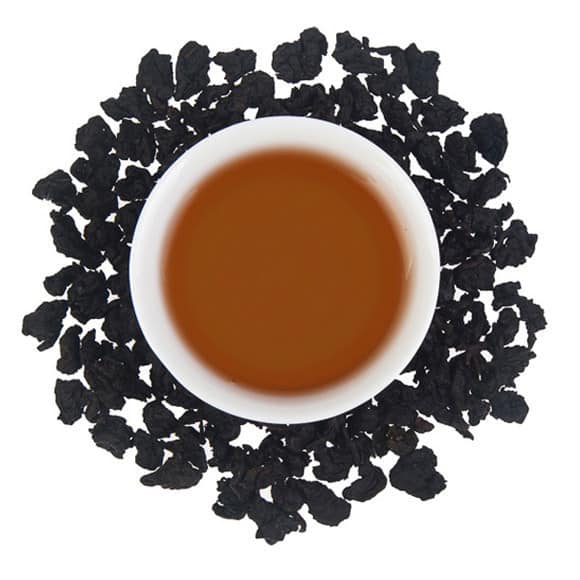
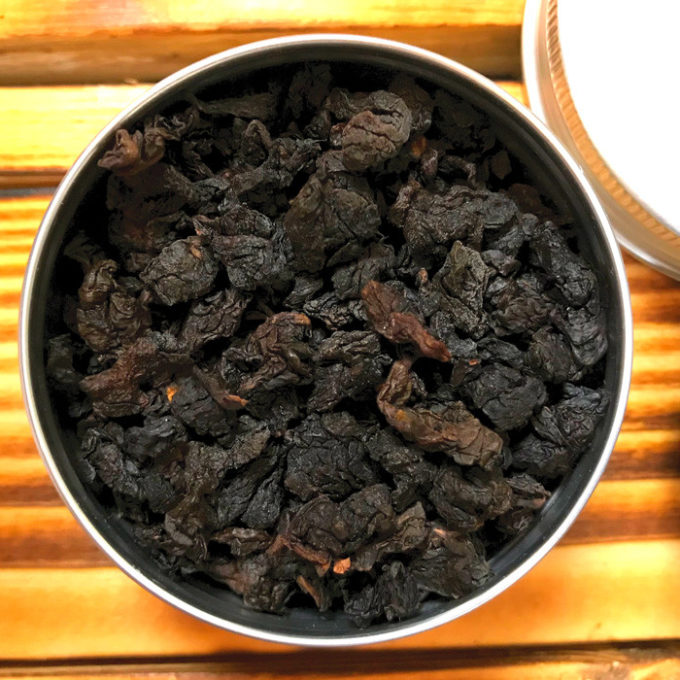

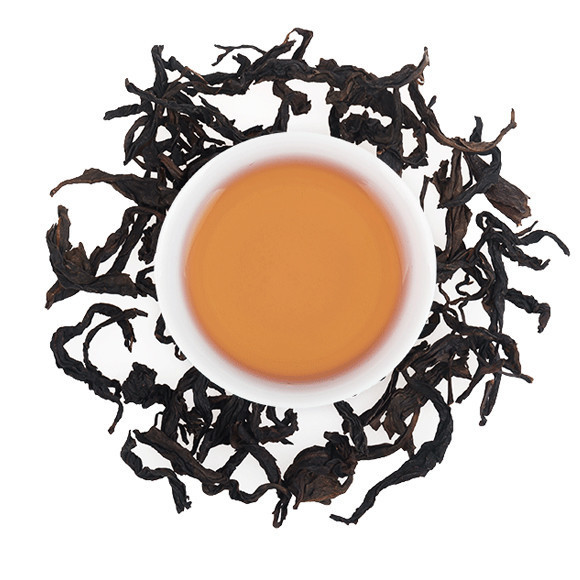
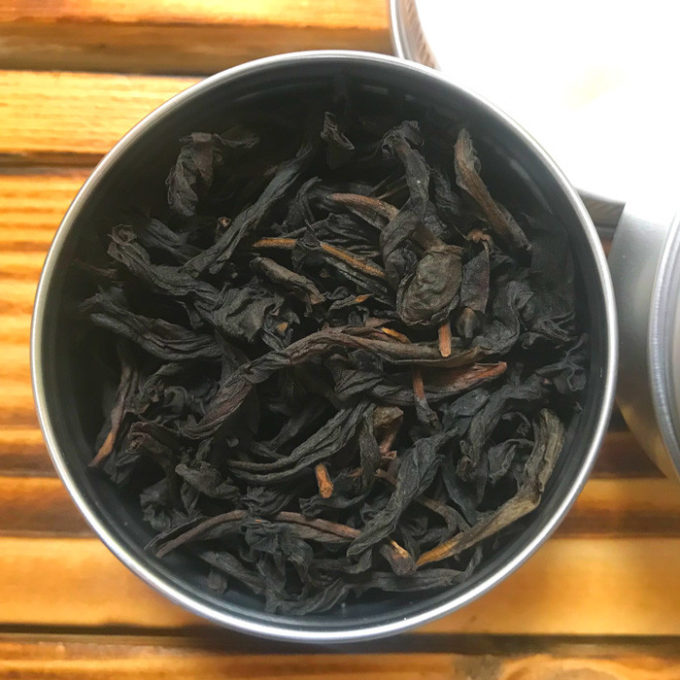

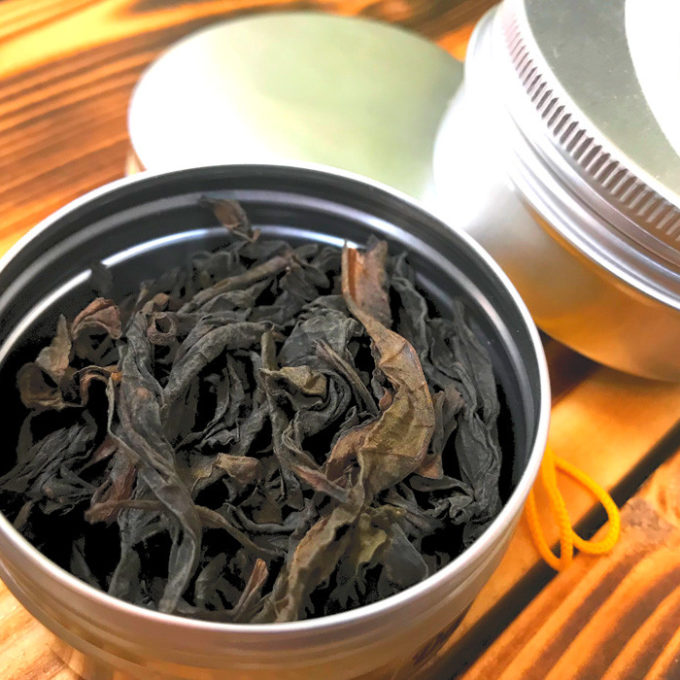
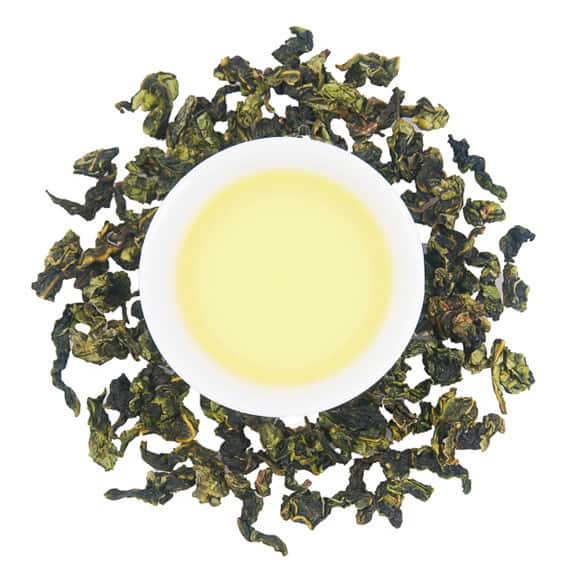
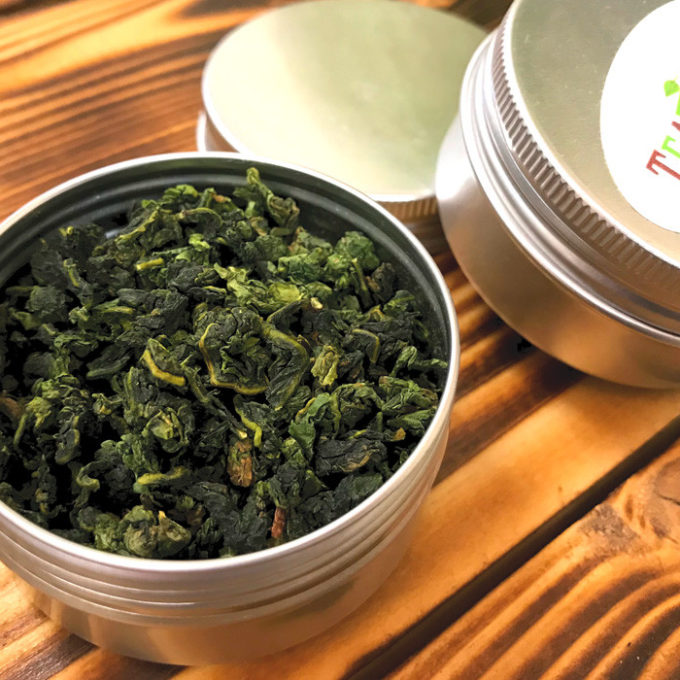
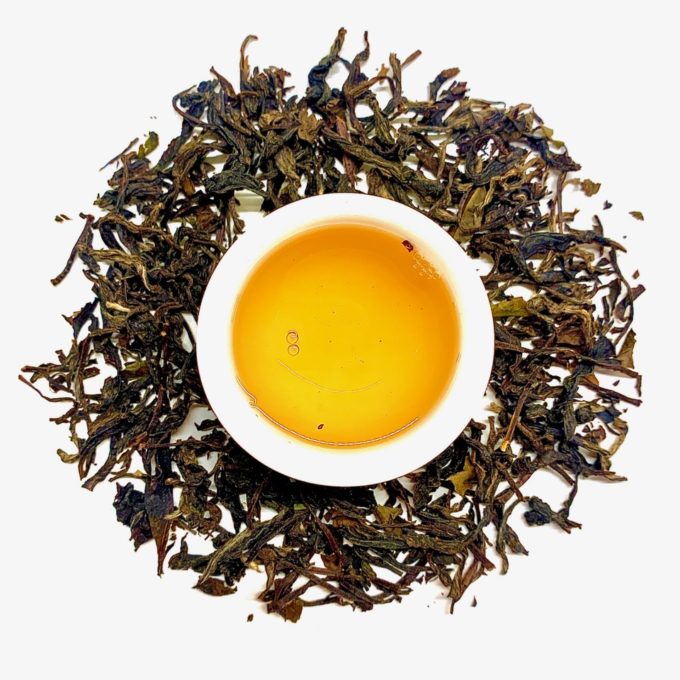
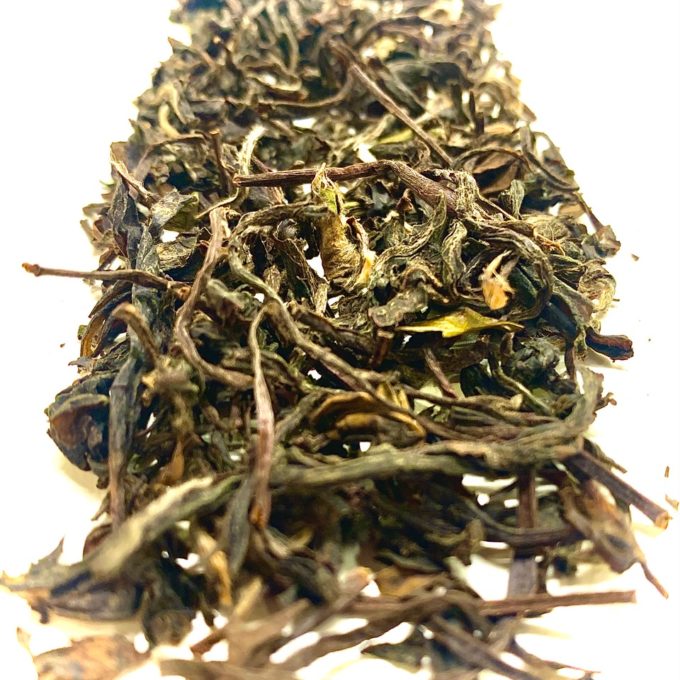
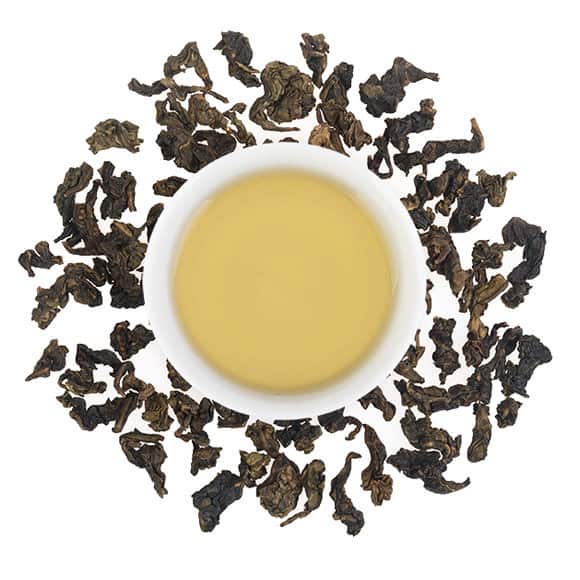
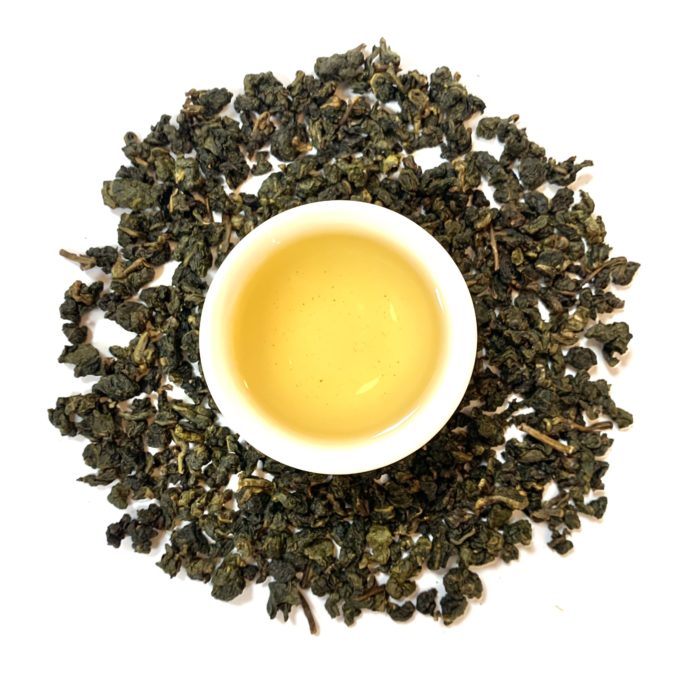
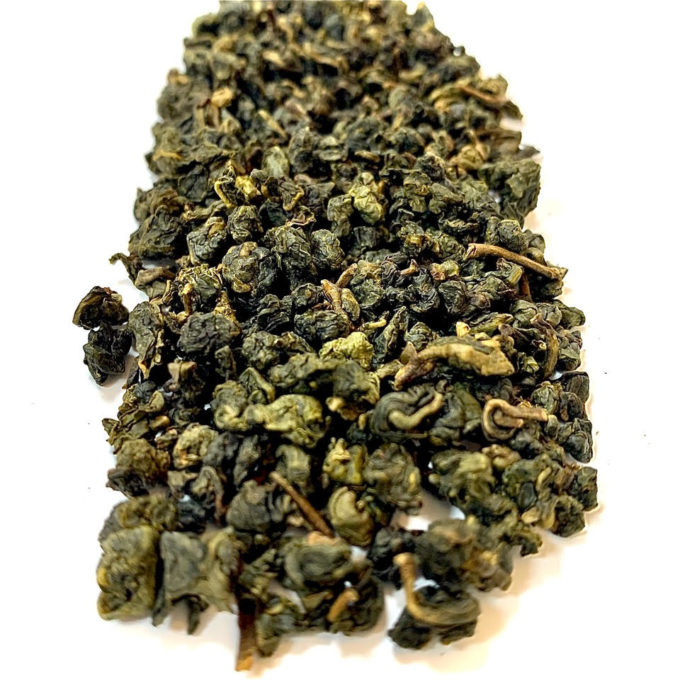

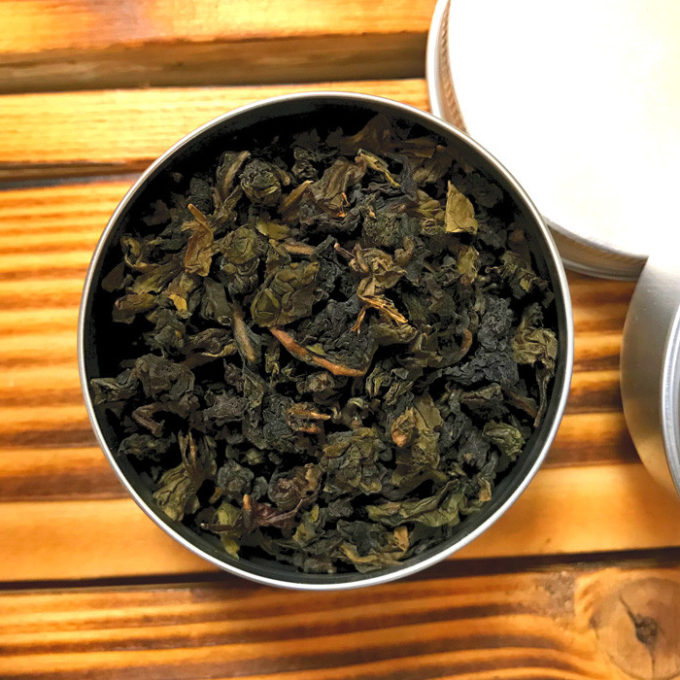
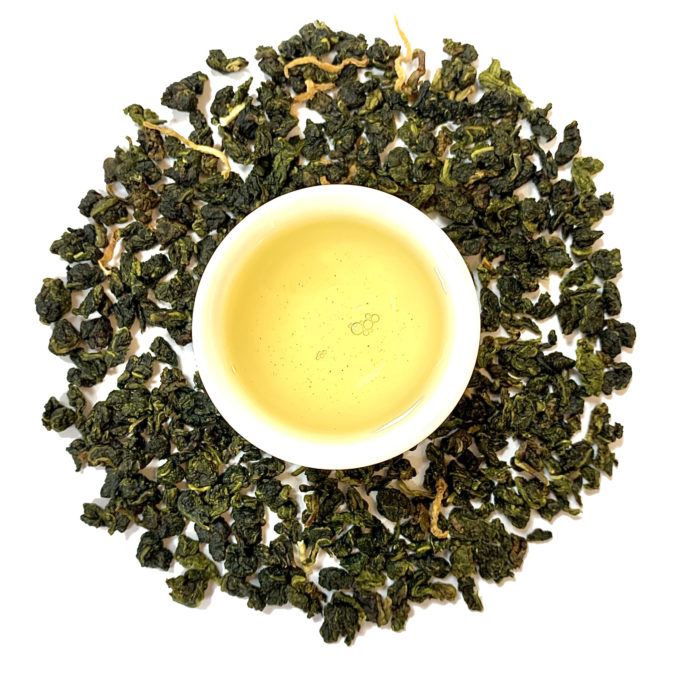
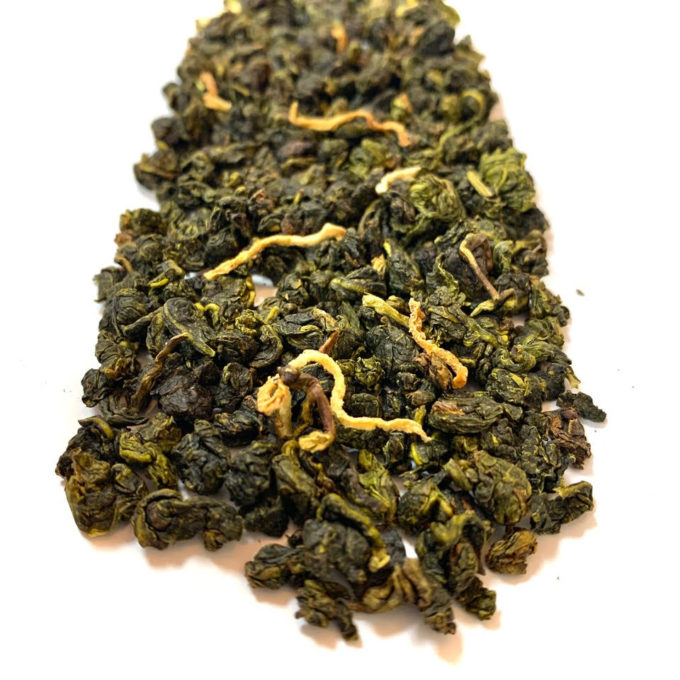



 No products in the cart.
No products in the cart.